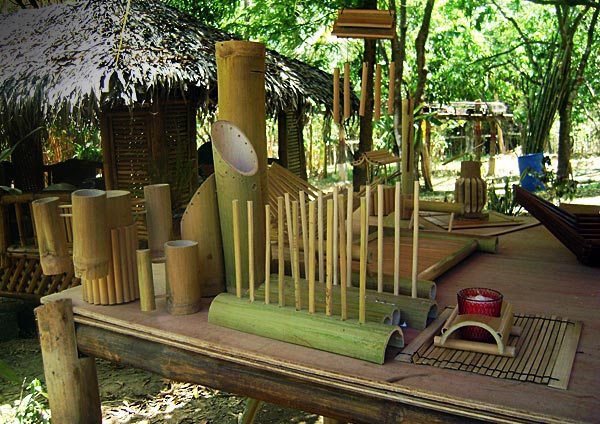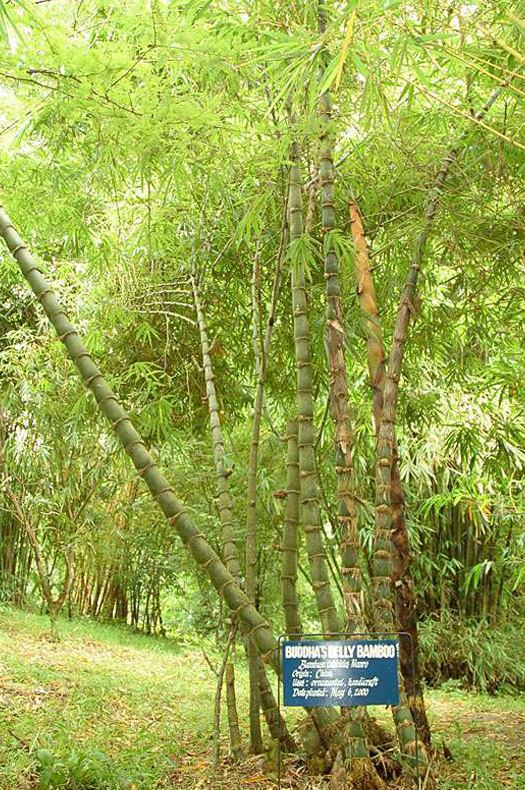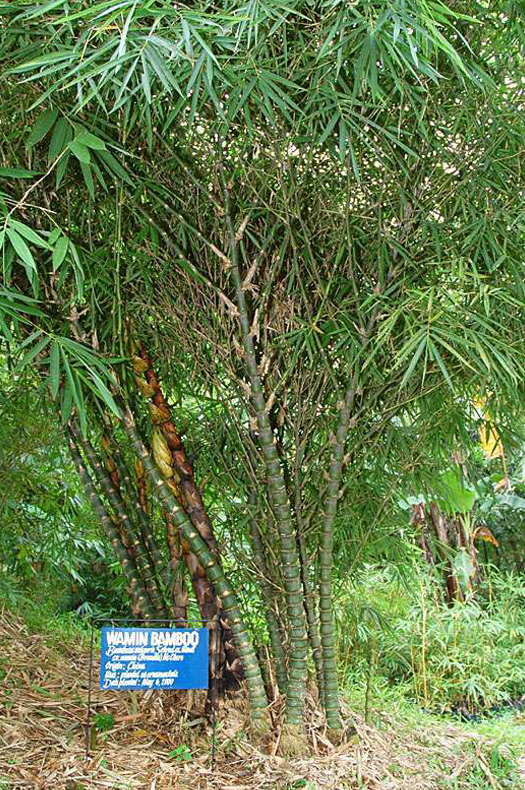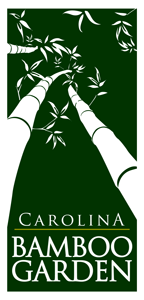VERSATILE
Bamboo Uses

Bamboo has over 1,500 documented traditional uses :
- Food : It is a source of food due to its edible shoots. As food it is a near-relative of rice, corn, wheat, oats and barley. It can be cooked as ”lumpia”, “dinengdeng” “paklay” as in the Visayas, “bulanglang” as in Batangas, pickled labong as in the Tagalog region or “guinataang” “labong” for Bicolanos.
- Bamboo shoots can be dried, desiccated, canned, vacuum-packed or bottled.
- Bamboo shoots are dried by removing the sheath and oven-dried to a mixture content of 14 percent.
- Bamboo shoots can be desiccated by cleaning and chopping evenly and then oven or sun-dried until the right drying conditions are met.
- Bamboo shoots can be vacuum-packed by using a vacuum sealer and high density polyethylene plastics.
- Bamboo shoots contain large amounts of protein, vitamins and minerals. They are excellent for heart patients.
- To reduce cyanide, soak and boil in water before cooking.
- Medicinal Uses : The vinegar produced from distillation can be used in the treatment of allergies and sore throat as antiseptic; skin and hair conditioner and cleaner.
- This vinegar can keep plants and flowers last longer.
- This vinegar can deodorize bathrooms.
- This vinegar raw liquor can be obtained by recovering and cooling the vapor generated when combusting thick-stemmed bamboo (phyllostachys pubscent) with a carbonization furnace. The raw liquor is sterilized, deodorized and refinied to become colorless and transparent. Since no burner is used, vinegar liquor is free from kerosene impurities and safe. Quality vinegar is assured.
- Construction : Bamboo is perfect for construction because of its tensile strength which is superior to mild steel and a weight-to-strength ratio better than graphite.
Bamboo is the strongest plant on earth. It is durable. The bamboo plants near ground zero at Hiroshima, Japan in 1945 survived the atomic blast and grew new shoots within days.
- house component – floor, stair, post, wall, divider and flat bamboo tile
- fence
- foot bridge
- scaffolding
- concrete reinforcement
- plywood (cement-bonded board with bamboo
- Furniture – tables, chairs, cabinet, bed, hamper, etc.
- Handicraft – basket, tray, torch, lampstand, or shade, vase, tray, utility, boxes, etc.
- Toys
- Musical instruments such as the organ, flute, marimba, xylophone, angklung, “the sliver of bamboo increases the sound fidelity of audio-systems.
- Handle for farm tools, i.e., sickle, scythe.
- Shipping container
- Water pipe
- Fish pen and trap
- Banana plant prop
- Paper and “Papel de Japon”
- Thinned strips for tying
- Bamboo raft
- Hedges and wind breaks
- Jewelry – necklace, brooch, bangles, fashion, accessories
- Cooking utensils as skewer of banana cue
- Hand-loom for weaving
- Charcoal : The bamboo charcoal produces the hottest of fires required to melt gold. The bamboo charcoal have special industrial and specialty uses. It can be used to clean the air and purify water. It also absorbs odor in the refrigerator.
Source: The Bamboo by Leonarda N. Camacho State of the Philippine Environment Part VIII UNESCO Commission on Science/Technology
LIFE-GIVING
Medicinal Bamboo Uses
Source: “Bamboo World” by Victor Cusack

Buddha’s Belly
(Bambusa Tuldoides)
Culm shavings are used in Chinese medicine for infantile epilepsy, febrile diseases & haematuria (presence of red blood cells in the urine).
Leaves contain a class of functional component which has a bio-antioxidative action.

Giant Bamboo
(Dendrocalamus Asper)
This bamboo has some loose rock deposit that accumulates inside the culms which consists of almost pure salicylic acid used to treat kidney problems & gonorrhea.

Wamin Bamboo
The leaves are used in combination with other drugs for jaundice & dropsy.
Raw shoot sap treats fever, anorexia, coughs & phlegm congestion.
Culm leaves are said to relieve hiccups & vomiting.
